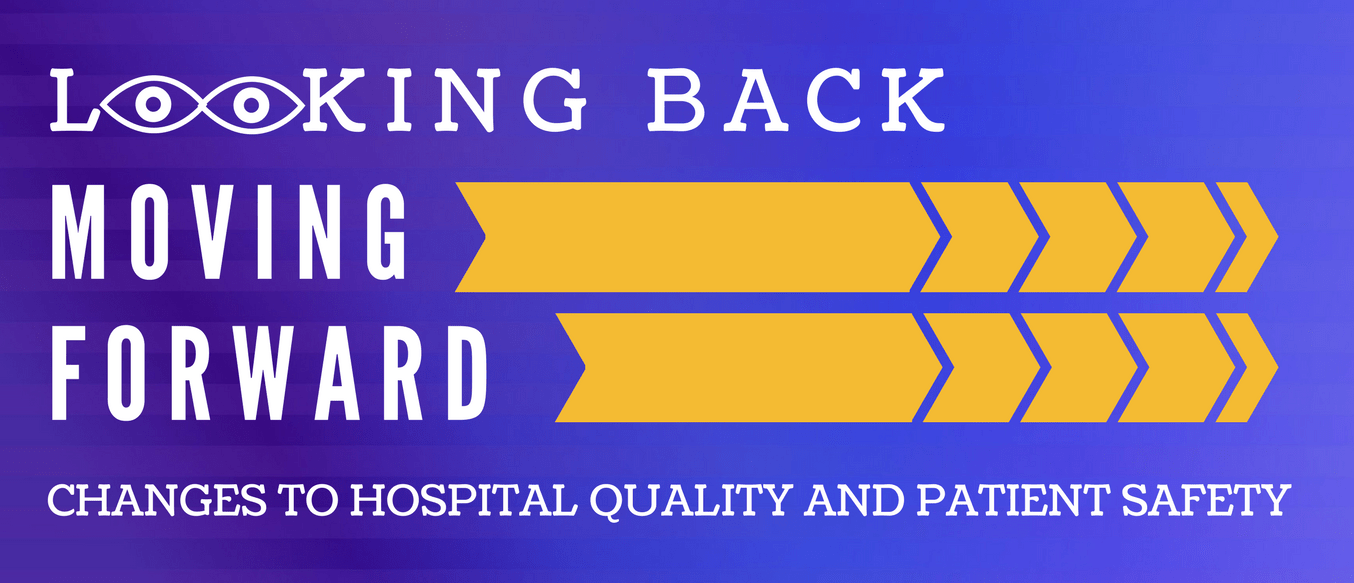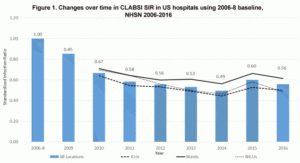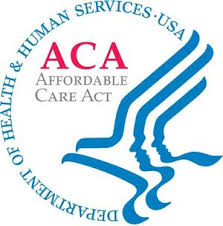
 Eloquest Healthcare is excited to welcome back Jo Ann Brooks PhD, RN, FAAN, FCCP to the Eloquest Healthcare Blog! Jo Ann is the System Vice President for Safety and Quality at Indiana University Health (a 16 hospital system) based in Indianapolis, IN. She is responsible for evaluating and aligning quality and safety activities/initiatives across the system for internal and external measure reporting. Dr. Brooks is also Director of the “Quality Thread” for the IU School of Medicine revised curriculum. She lectures frequently on quality and CMS pay for performance measures and presently serves on the National Quality Forum Admissions/Readmissions Steering Committee. Her clinical background is pulmonary and her research interest is hospital acquired pneumonia. She is a past Board Member of AACN and is active in the American College of Chest Physicians on numerous committees. She is an adjunct faculty member for Indiana University and Purdue University schools of nursing. Dr. Brooks has published extensively with both book chapters and articles.
Eloquest Healthcare is excited to welcome back Jo Ann Brooks PhD, RN, FAAN, FCCP to the Eloquest Healthcare Blog! Jo Ann is the System Vice President for Safety and Quality at Indiana University Health (a 16 hospital system) based in Indianapolis, IN. She is responsible for evaluating and aligning quality and safety activities/initiatives across the system for internal and external measure reporting. Dr. Brooks is also Director of the “Quality Thread” for the IU School of Medicine revised curriculum. She lectures frequently on quality and CMS pay for performance measures and presently serves on the National Quality Forum Admissions/Readmissions Steering Committee. Her clinical background is pulmonary and her research interest is hospital acquired pneumonia. She is a past Board Member of AACN and is active in the American College of Chest Physicians on numerous committees. She is an adjunct faculty member for Indiana University and Purdue University schools of nursing. Dr. Brooks has published extensively with both book chapters and articles.
2017 was a year of challenges in patient quality and safety, but hold on… 2018 is starting with a bang. I have identified some key areas in quality and patient safety and will do a review of 2017 and potentially what to expect in 2018.
Hospital-acquired Infections (HAI)
Hospital-acquired infections were and remain a major focus on everyone’s radar. The CDC posted a nice review of “Healthcare-associated Infections in the United States, 2006-2016: A Story of Progress”. Some  key points: hospitals have made significant progress in preventing CLABSIs–nationally, there has been a roughly 50% drop in CLABSIs between 2008 and 20161. See how some facilities are facilities are striving to sustain and maintain low CLABSI rates. Key to this progress is the strong focus that hospitals have had on this patient harm and national efforts among multiple organizations to improve care (CDC, state health departments, the Agency for Healthcare Research and Quality (AHRQ) Comprehensive Unit Based Safety Program (CUSP), and Centers for Medicare and Medicaid Services (CMS) Quality Improvement Networks and Organizations and Hospital Engagement Networks). Check on this reference for data on other HAIs. In 2018, HAIs will continue to be heavily weighted in the CMS Pay for Performance Programs (Value-Based Purchasing (VBP) and Hospital-Acquired Conditions (HAC) Programs).2 We need to continue the great work we are doing and sustain our improvements!
key points: hospitals have made significant progress in preventing CLABSIs–nationally, there has been a roughly 50% drop in CLABSIs between 2008 and 20161. See how some facilities are facilities are striving to sustain and maintain low CLABSI rates. Key to this progress is the strong focus that hospitals have had on this patient harm and national efforts among multiple organizations to improve care (CDC, state health departments, the Agency for Healthcare Research and Quality (AHRQ) Comprehensive Unit Based Safety Program (CUSP), and Centers for Medicare and Medicaid Services (CMS) Quality Improvement Networks and Organizations and Hospital Engagement Networks). Check on this reference for data on other HAIs. In 2018, HAIs will continue to be heavily weighted in the CMS Pay for Performance Programs (Value-Based Purchasing (VBP) and Hospital-Acquired Conditions (HAC) Programs).2 We need to continue the great work we are doing and sustain our improvements!
 CMS Pay for Performance Programs
CMS Pay for Performance Programs
The three programs (VBP, HAC and Hospital Readmission Reduction Penalty Program (HRRP)) are still alive and well. Areas of focus continue to be HAIs plus efficiency and cost reduction will receive more focus in the future. Key to all these programs is looking ahead and being proactive versus reactive to new measures which may be added in coming years. Remember, for VBP a measure must be publicly reported on Hospital Compare for one year prior to becoming a measure for VBP. However, for the HRRP and HAC Programs, this caveat does not exist. In addition, be informed of changes in methodology that may impact your hospital’s results. One example is the Provision of the 21st Century Cures Act (December 13, 2016) which mandates that the HRRP include the socioeconomic adjustment methodology (defined as dual eligible patients). This will occur in FY2019 and onward.
Bundled Payments
CMS finalized a decision on November 30, 2017 to cancel two planned mandatory bundled payment models (Cardiac Bundles-Episode Payment Model and the Cardiac Rehabilitation Incentive Payment Model) and cut down the number of participants in the ongoing Comprehensive Care for Joint Replacement Program implemented during the Obama administration3. However, on January 10, 2018 CMS announced a new voluntary bundled payment model, which is the first advanced alternative payment model introduced by the Trump administration4. It is called the Bundled Payments for Care Improvement Advanced Model. This model includes 32 clinical episodes (29 inpatient setting, 3 outpatient setting).5 The first cohort starts October 1, 2018 and runs through December 31, 2023. The clinical episode includes a 90-day window of care and seven quality measures are included. These measures are familiar to the acute care setting and include all-cause hospital readmission, PSI-90, Advanced Care Plan and measures specific to a type of clinical episode. Details can be found at the CMS website.
Much more to come in safety and quality in 2018. Take a big breath, get some sleep and get ready for more change!
Check out some of Eloquest Healthcare’s other ACA-related blogs here!
Footnotes
- Centers for Disease Control and Prevention. Healthcare-associated Infections in the United States, 2006-2016: A Story of Progress. January 5, 2018. https://www.cdc.gov/hai/surveillance/data-reports/data-summary-assessing-progress.html
- Centers for Medicare and Medicaid Services. Hospital-Acquired Condition Reduction Program Fiscal Year 2018 Fact Sheet. July 20, 2017. https://www.cms.gov/Medicare/Medicare-Fee-for-Service-Payment/AcuteInpatientPPS/Downloads/FY2018-HAC-Reduction-Program-Fact-Sheet.pdf
- Centers for Disease Control and Prevention. Healthcare-associated Infections in the United States, 2006-2016: A Story of Progress. January 5, 2018. https://www.cdc.gov/hai/surveillance/data-reports/data-summary-assessing-progress.html
- Dickson, V. CMS makes it official: Two mandatory bundled-pay models canceled. Modern Healthcare. November 30, 2017. http://www.modernhealthcare.com/article/20171130/news/171139986
- Morse, S. CMS launches voluntary bundled payments model, first since spiking mandatory Bundles. Healthcare Finance, January 10, 2018. http://www.healthcarefinancenews.com/news/cms-launches-voluntary-bundled-payments-model-first-spiking-mandatory-bundles
- Centers for Medicare and Medicaid Services. BCPI Advanced. January 11, 2018. https://innovation.cms.gov/initiatives/bpci-advanced







